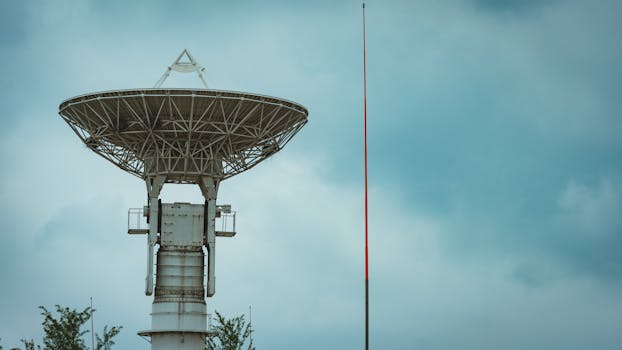The Future of Satellites: Revolutionizing Global Connectivity
The future of satellites is poised to revolutionize global connectivity, enabling faster and more reliable communication networks. With advancements in space technology, satellites are becoming increasingly important for various industries, including telecommunications, navigation, and weather forecasting.

The Future of Satellites: Revolutionizing Global Connectivity
The future of satellites is poised to revolutionize global connectivity, enabling faster and more reliable communication networks. With advancements in space technology, satellites are becoming increasingly important for various industries, including telecommunications, navigation, and weather forecasting. In this article, we will explore the current state of satellite technology, its applications, and the future developments that will shape the industry.
Current State of Satellite Technology
Satellites have been in use for several decades, providing a range of services including television broadcasting, telecommunications, and navigation. The first satellite, Sputnik, was launched in 1957, and since then, thousands of satellites have been launched into orbit. Today, satellites play a critical role in modern society, enabling global communication, navigation, and weather forecasting. The current state of satellite technology is characterized by the use of geostationary satellites, which are located in a fixed position above the equator and provide coverage to a specific region. However, the increasing demand for satellite services has led to the development of new technologies, such as low-Earth orbit (LEO) satellites and high-throughput satellites (HTS).
Applications of Satellites
Satellites have a wide range of applications, including telecommunications, navigation, weather forecasting, and Earth observation. Telecommunications satellites provide internet connectivity, voice, and data services to remote and underserved areas. Navigation satellites, such as GPS, provide location information and timing signals to receivers on the ground. Weather forecasting satellites monitor the Earth’s atmosphere and provide critical data for predicting weather patterns. Earth observation satellites monitor the Earth’s surface and provide data on climate change, natural disasters, and environmental monitoring.
Future Developments in Satellite Technology
The future of satellites is exciting and rapidly evolving. Advancements in space technology are enabling the development of new satellite systems, such as LEO constellations and HTS. LEO satellites orbit the Earth at an altitude of approximately 160 kilometers, providing lower latency and higher throughput than traditional geostationary satellites. HTS provide high-speed internet connectivity, enabling applications such as video streaming and online gaming. The development of reusable launch vehicles, such as SpaceX’s Falcon 9, is also reducing the cost of launching satellites into orbit.
Another area of development is the use of satellite-based internet of things (IoT) services. Satellites can provide connectivity to remote and underserved areas, enabling the deployment of IoT devices in areas where traditional connectivity is not available. This has significant implications for industries such as agriculture, transportation, and energy management. The use of artificial intelligence (AI) and machine learning (ML) is also being explored for satellite applications, such as image processing and data analytics.
Conclusion
In conclusion, the future of satellites is poised to revolutionize global connectivity, enabling faster and more reliable communication networks. With advancements in space technology, satellites are becoming increasingly important for various industries, including telecommunications, navigation, and weather forecasting. The development of new satellite systems, such as LEO constellations and HTS, is enabling new applications and services, such as satellite-based IoT and AI-powered data analytics. As the demand for satellite services continues to grow, it is likely that we will see significant investments in the development of new satellite technologies and applications.